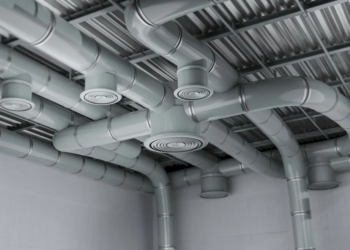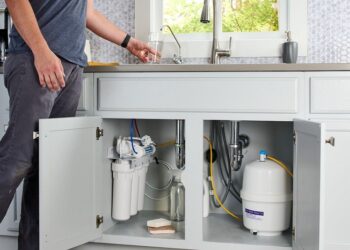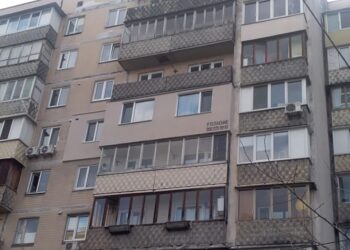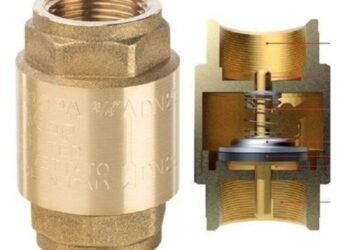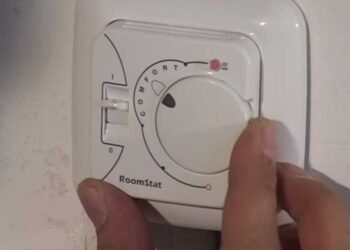Correctly applied plaster consists of layers. There are usually three of them — this is a spray, a primer and a cover. The spray thickness ranges from 5 to 10 mm. This layer adheres reliably to the surface of the wall and ceiling, providing excellent adhesion and reliably smoothing out all defects. The spray holds the weight of the next two layers — primer and top coat. Before applying the spray, the surface is slightly moistened with water, and the plaster solution is, as it were, thrown onto the wall. By the way, now a new gasoline vibrating plate has appeared, which is already used by many people, it is not expensive.
After the spray has had time to «grab» and dry, a primer is applied to the surface. They fill in all the cracks and irregularities of the first layer so that the plane turns out to be even. The thickness of the primer layer is approx. 80 mm. After the primer has dried and is ready to apply the third layer, a 2-3mm thick cover is placed on the wall. It finally levels the entire working plane and gives the plaster an even look..
The coating has a much thinner consistency than spray and primer mortar. The finest sand must be added to the composition of the coating solution. This composition helps prevent scratches on the plastered surface. The last stage of plastering work is for the master to rub the cover well with circular movements. This work is performed not with a spatula, but with a special construction tool (polisher). The surface becomes perfectly flat and ready for further finishing work.



